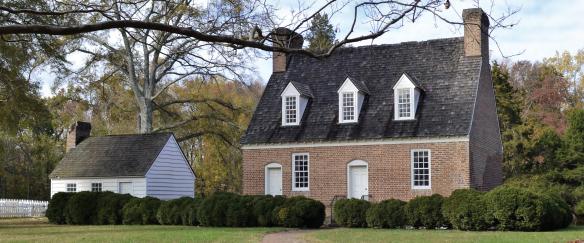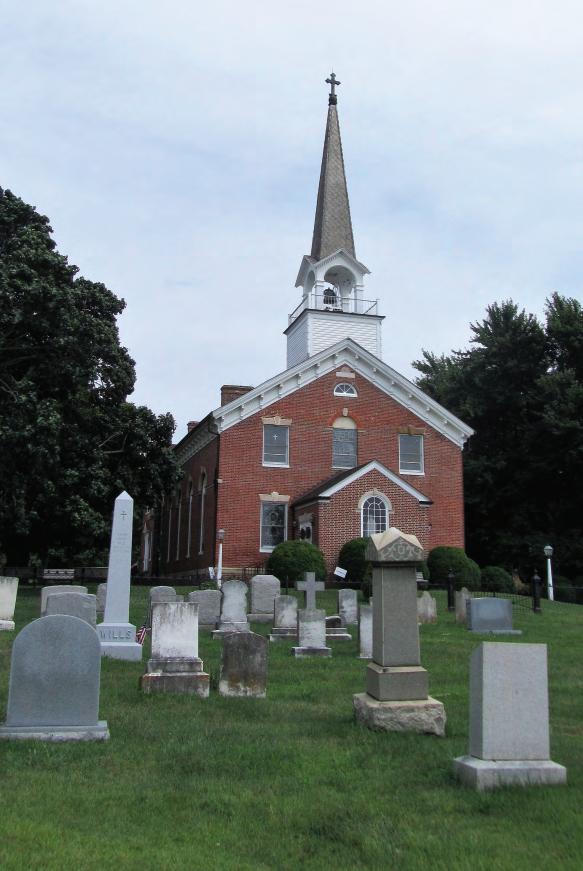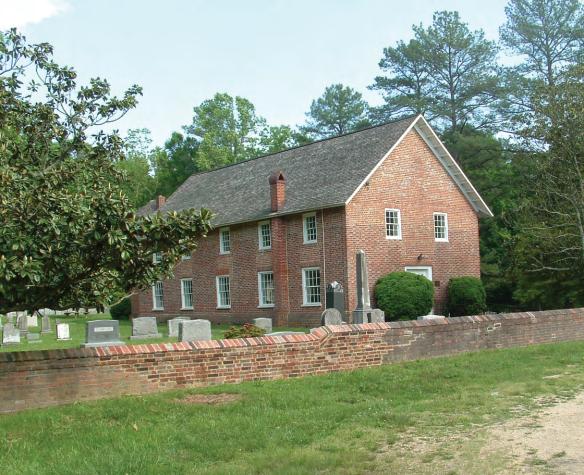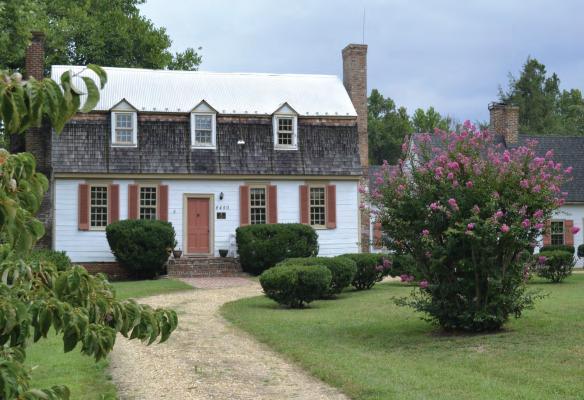
3 minute read
History
CHARLES COUNTY – A WEALTH OF HISTORY
Charles County has a rich and diverse history. Established in 1658, it was named for Charles Calvert, the third Lord Baltimore. However, its origins go back to the Potopacos, a native tribe that was part of the Piscataway Confederacy. For at least 16,000 years, Native communities had occupied the Chesapeake region. The Piscataway people spoke an Algonquian dialect. They were farmers, fisherman and experts at harvesting nuts, berries, plants and roots to sustain and heal themselves. By the mid-17th century, as English settlers began encroaching on the native lands, they abandoned their riverside towns and migrated from Maryland. Today, descendants of the Potopacos have blended into the Piscataway Tribes and are preserving the heritage and culture of their ancestors.
Advertisement
The thriving heritage of Charles County can be seen through its many historic sites. Historic Port Tobacco, the second county seat, is the location of the reconstructed courthouse of 1819 as well as Stagg Hall, built in 1766, Chimney House, built in 1780, and the Burch House, the home of Washington Burch, one of the first AfricanAmericans to become active in local politics and his community after the Civil War. Near the Port Tobacco Village is Mulberry Grove, the reconstructed home of John Hanson, the first President of the United States under the Articles of Confederation to serve a full one-year term; Habre de Venture, the home of Thomas Stone, a signer of the Declaration of Independence; Ellerslie, the home of Daniel of St. Thomas Jenifer, a signer of the United States Constitution, and Rose Hill, the home of Dr. Gustavus Richard Brown, one of George Washington’s physicians, and Olivia Floyd, one of the most daring female confederate spies of the Civil War. La Grange, in La Plata, was built by Dr. James Craik, another of George Washington’s physicians and birthplace of Josiah Henson. Josiah Henson escaped slavery, founded a settlement and a school in Canada and was one of the models for “Uncle Tom” in Harriet Beecher Stowe’s novel Uncle Tom’s Cabin.
In the Western section of the county is Smallwood’s Retreat, the home of General William Smallwood of the American Revolution and fourth Governor of Maryland. Nearby is the birthplace of Matthew Alexander Henson, codiscoverer of the North Pole. The Dr. Samuel Mudd House, in Waldorf, is the site where John Wilkes Booth and David Harold hid overnight after Dr. Mudd set Booth’s broken leg following the assassination of Abraham Lincoln. Historic Rich Hill, in Bel Alton, was built by Dr. Gustavus Brown, a Scottish merchant, in 1729, the second oldest structure in Charles County. It was also on this property where Booth and Herold hid for four days before escaping into Virginia.
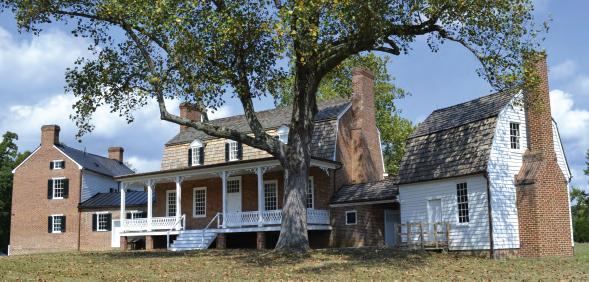
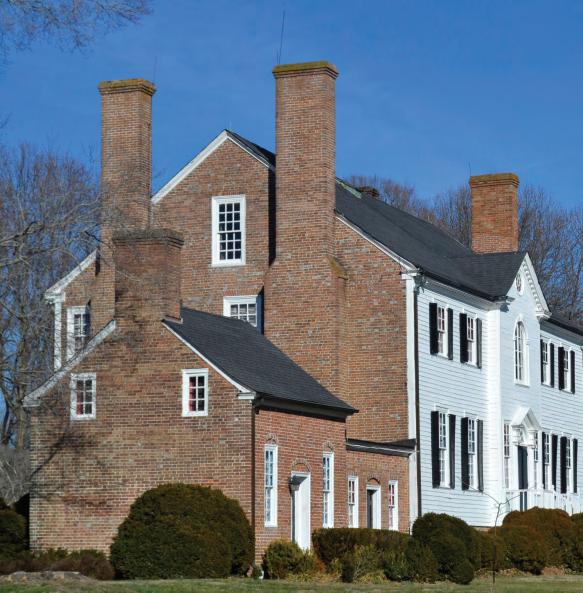
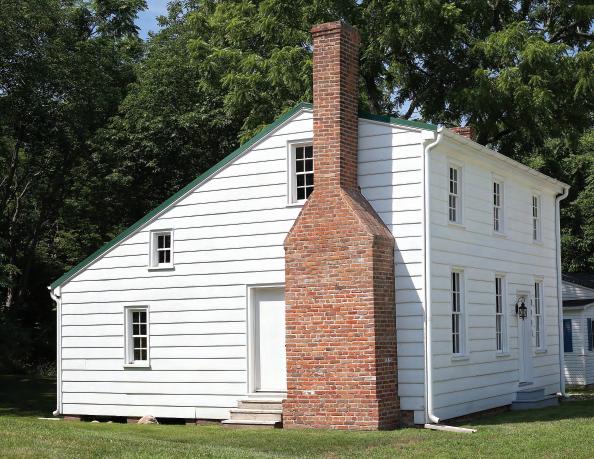
Of the early Episcopal Churches in the county, Durham Parish, in the Western section of the county, is the oldest public building in the county; Port Tobacco Parish, was originally built in Port Tobacco and moved stone by stone by oxcart and reconstructed in La Plata, and William and Mary Parish, in Wayside, was occupied by Union soldiers during the Civil War. History still flourishes in the towns of La Plata and Bryantown, as well as in Benedict, the site of the landing of the British for their march toward the nation’s capital during the War of 1812.
Charles County is the home to many scenic by-ways, from the Religious Freedom trail, to the John Wilkes Booth escape route, to the trails of the Underground Railroad. One of the most scenic views in all of Charles County is from Chapel Point at St. Ignatius Catholic Church, where the confluence of the Port Tobacco and Potomac rivers meet. Charles County can boast a wealth of history. As evidence of its past, it has played a significant role in the heritage of the great state of Maryland as well as that of the United States of America.
For more information, visit The Historical Society of Charles County at charlescountyhistorical.org or email charlescountyhistorical@gmail.com.
Text and photos provided by Michael J. Mazzeo, Jr.
